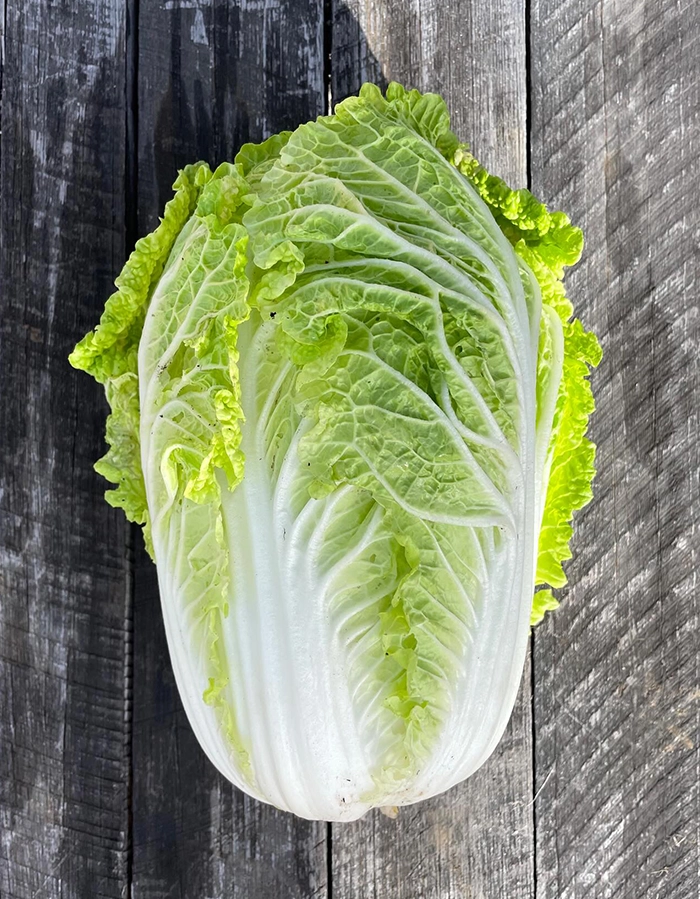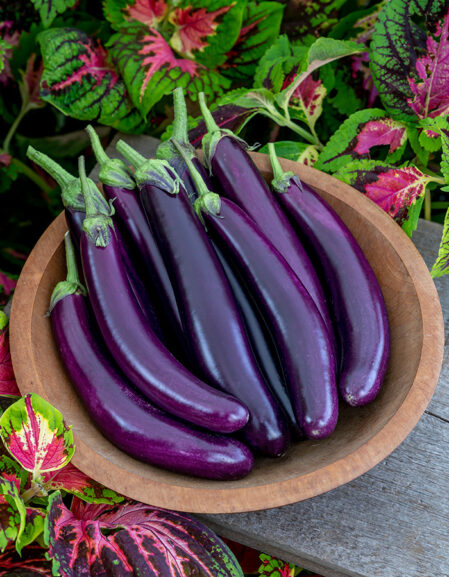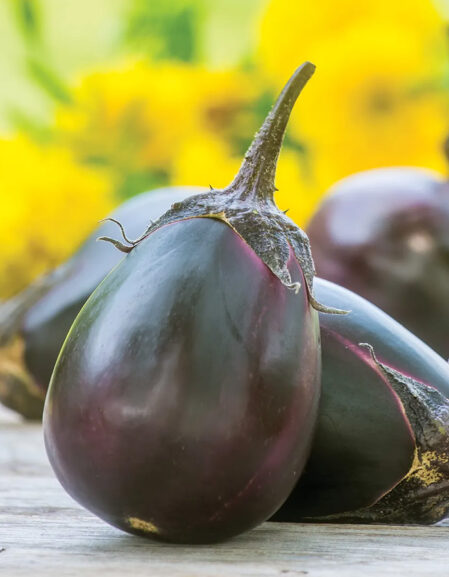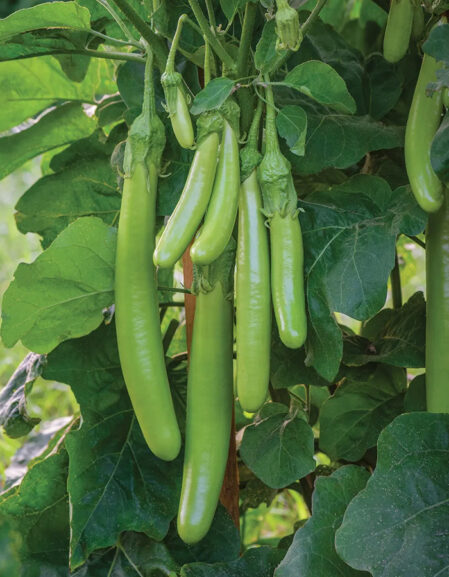Grow Chinese Cabbage Wong Bok – Mild, Crisp and Versatile
Chinese Cabbage Wong Bok, also known as Napa Cabbage, is a fast-growing leafy vegetable prized for its sweet, tender leaves and dense, barrel-shaped heads. Popular in East Asian cooking, its mild flavour and crunchy texture make it ideal for stir-fries, soups, slaws, and light steaming.
Wong Bok matures quickly and thrives in cooler UK conditions, making it a rewarding crop for amateur gardeners. While not commonly grown for pollinators, if allowed to flower, it produces small yellow blooms that may offer a late-season nectar source for bees and other beneficial insects.
Growing Chinese Cabbage Wong Bok
This variety prefers a sheltered spot in full sun or partial shade, with moist, fertile, and well-drained soil. It’s an ideal choice for garden beds or large containers and performs best during the cooler months of spring and autumn.
Sowing and Planting
Sowing Period: March to August outdoors. For an earlier crop, sow under cover from February.
Soil Preparation: Enrich the soil with well-rotted compost and rake to a fine tilth.
Sowing Depth: Sow seeds 1.5 cm deep in moist, finely raked soil.
Spacing: Thin seedlings to 30 cm apart with 30–40 cm between rows for full-sized heads.
Germination: Expect germination in 7–14 days in warm conditions.
Care and Maintenance
Watering: Keep the soil evenly moist to reduce the risk of bolting and ensure tender leaves.
Weeding and Mulching: Weed regularly and mulch to help retain soil moisture.
Protection: Use netting to guard against cabbage white butterflies and flea beetles.
Picking
Timing: Pick young leaves from 6–8 weeks, or allow 10–12 weeks for full head formation.
Method: Cut mature heads cleanly at the base. For leaf harvest, snip outer leaves as needed.
Storage: Heads store well in the fridge for several days; leaves can also be frozen.
Culinary and Garden Uses
Wong Bok is valued both in the kitchen and the garden:
- Culinary: Use raw in slaws or lightly cook in stir-fries, broths, or steamed dishes.
- Succession sowing: Regular sowings from spring to late summer can provide an extended harvest.
- Decorative veg patch: Its neat, upright habit and pale green colour add structure and contrast.





